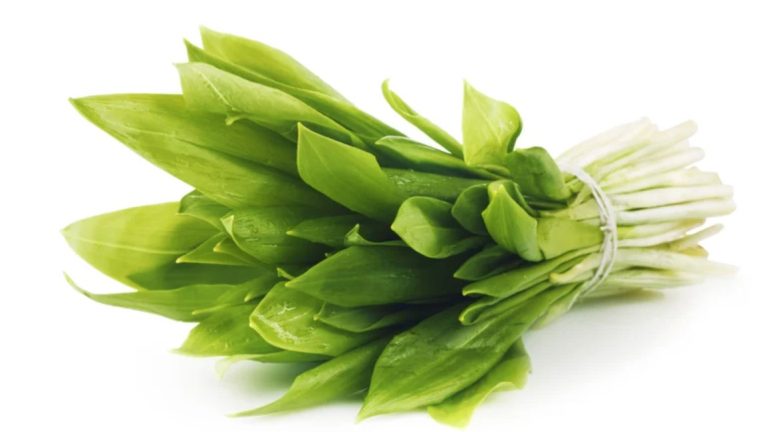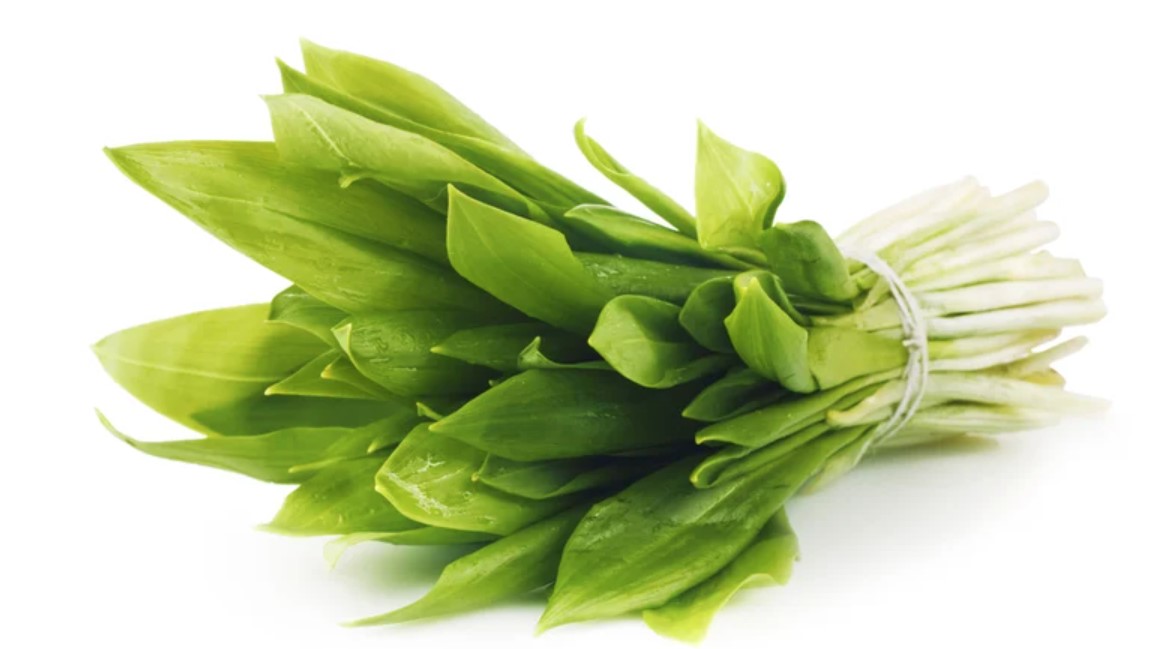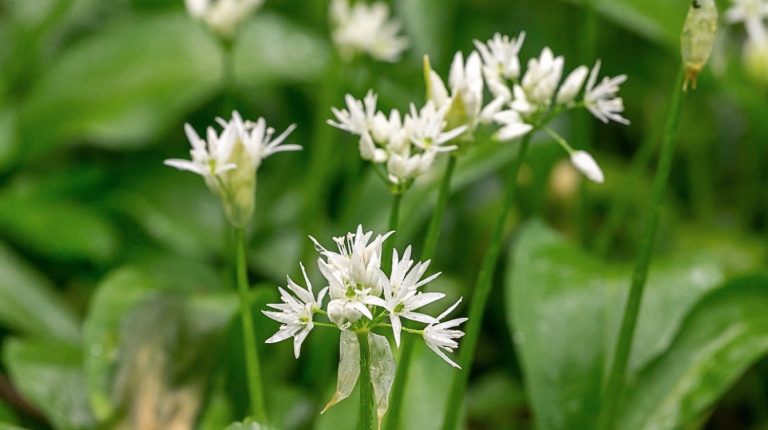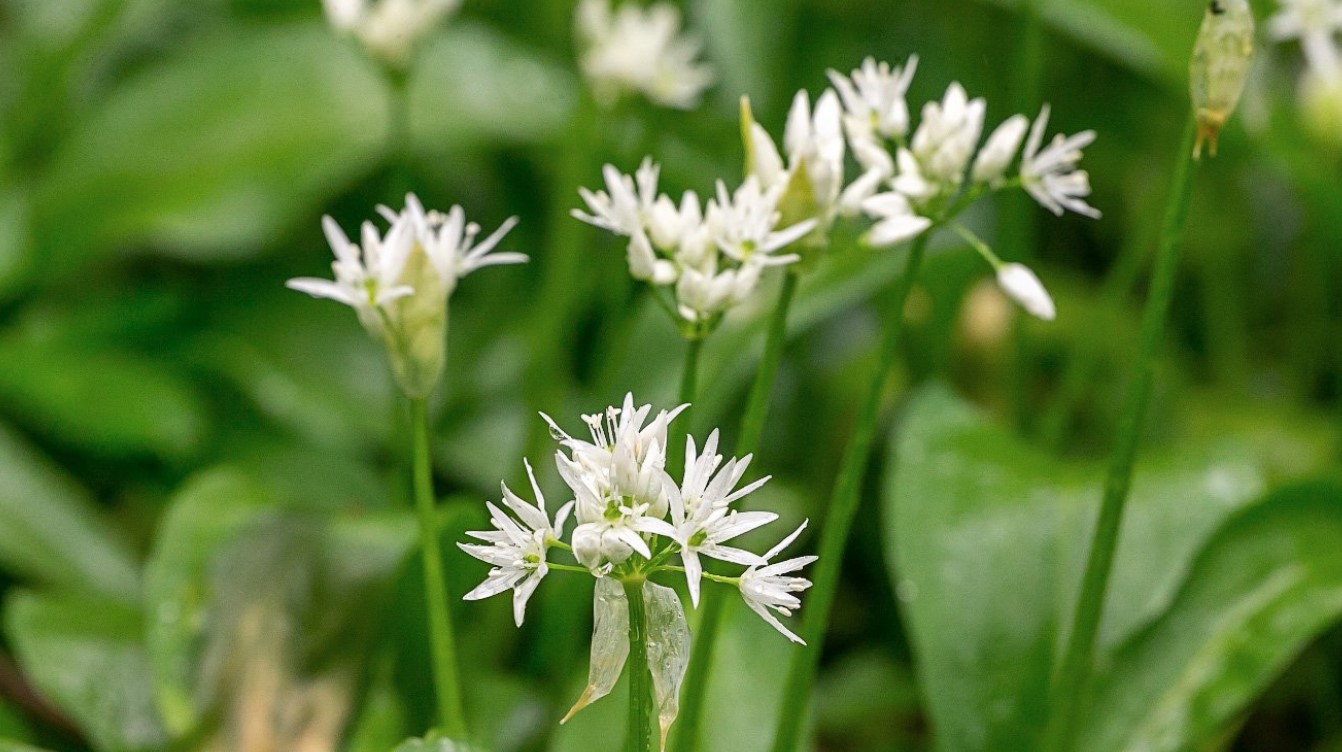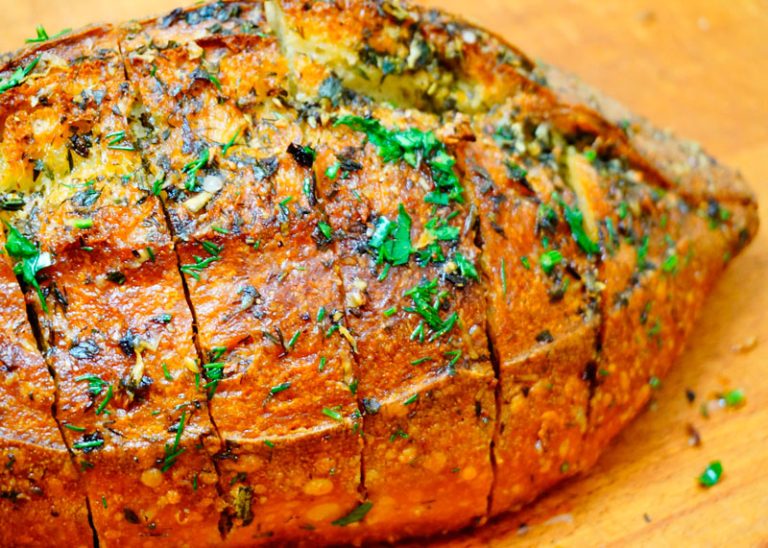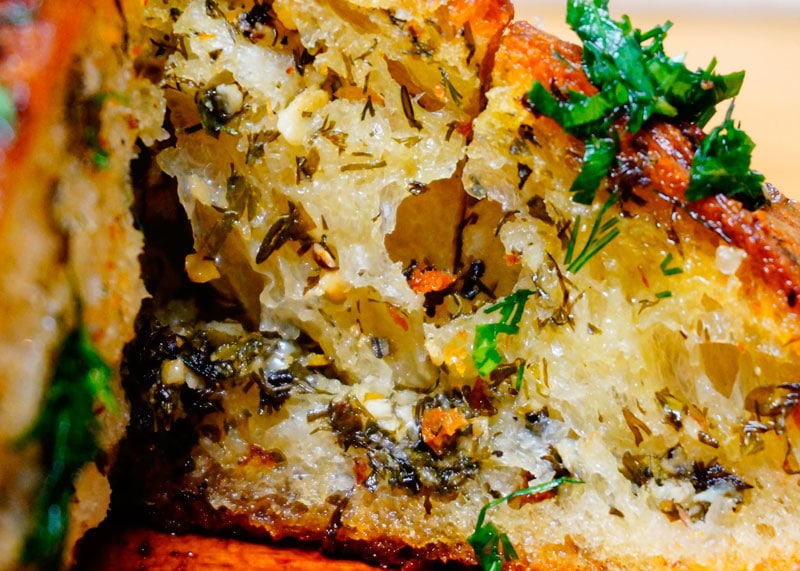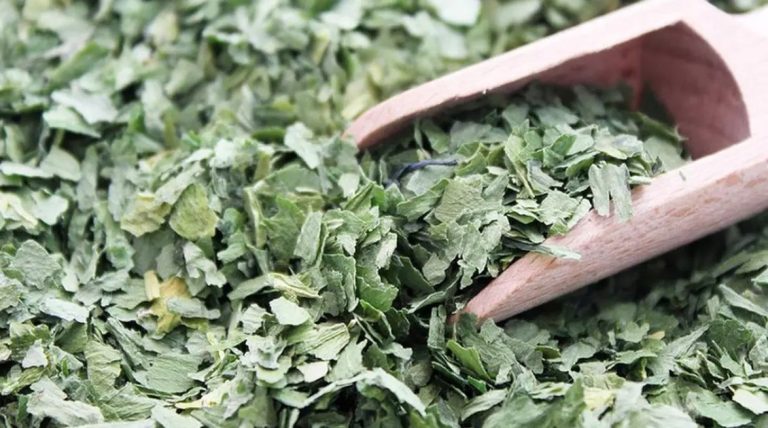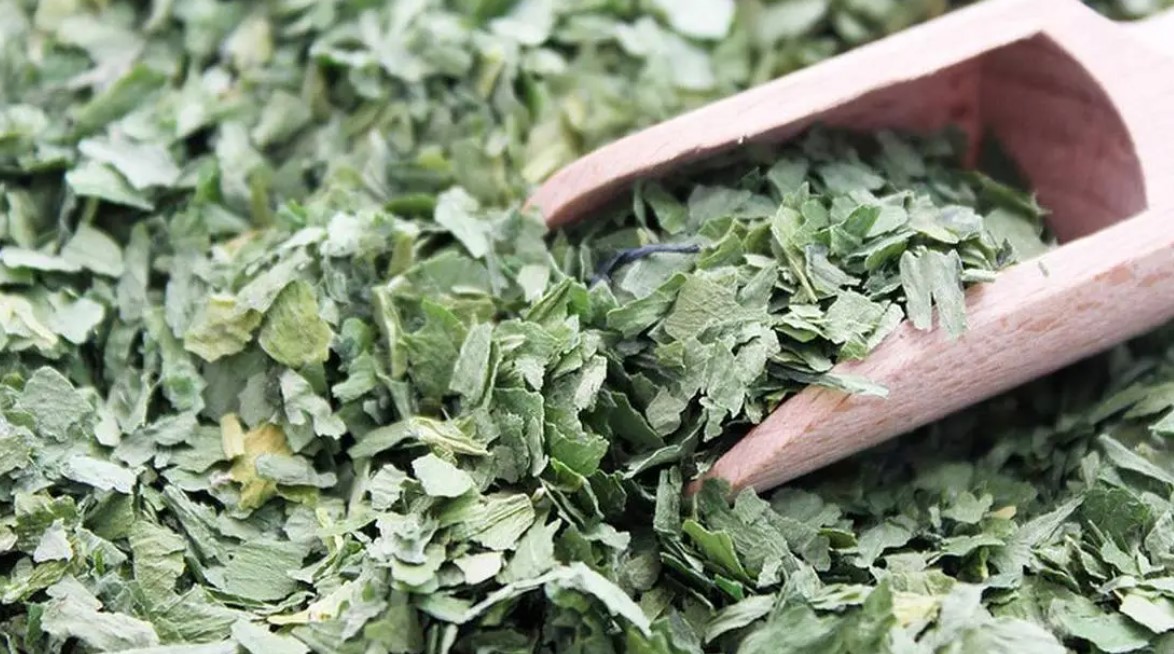Wild garlic risotto is the spring version of the Italian rice classic. Here you will find a delicious recipe for the aromatic main course.
Spring is wild garlic season. The green leaves are good for adding a garlic-like aroma to all kinds of dishes. Our simple risotto recipe also gets a special freshness from the wild garlic.
Do you want to collect wild garlic yourself? In another article, you will find tips for harvesting wild garlic.
Note: Our recipe for wild garlic risotto contains dairy products. Pay particular attention to organic quality with these ingredients. This way you can be sure that the products come from cows that have been raised humanely. We can particularly recommend the organic seals from Demeter, Bioland, and Naturland, as they stipulate stricter criteria than the EU organic seal.
Wild garlic risotto: A simple recipe

Ingredients:
1 small onion
250 grisotto rice
2 tbsp organic butter
100 mlorganic white wine
750 ml vegetable broth
1 handful of wild garlic
50 gOrganic Montello
Salt
pepper
Directions:
Cut the onion into small cubes. Wash the rice thoroughly under cold water in a colander.
Heat 1 tablespoon of butter in a medium saucepan over medium-high heat. Sauté the diced onions in it for about 3 minutes, stirring occasionally.
Then add the risotto rice to the pot and cook until translucent, 3 to 5 minutes, stirring occasionally. Add the white wine and simmer until the wine is almost gone, about 5 minutes.
In the meantime, prepare the vegetable broth so that you can use it while it is still hot. Turn the stove to low heat. Then add 2 ladlefuls of the stock to the rice and let it simmer, stirring occasionally. Continue until the broth is used up and the rice is cooked through. This takes about 30 minutes in total.
Wash the wild garlic and chop it into fine strips. Grate the Montello.
Stir the wild garlic, the Parmesan and the remaining butter into the risotto. Finally, season the wild garlic risotto with salt and pepper. Complete!
Wild garlic risotto: possible variations

A wild garlic risotto can easily be enriched with other ingredients. For example, you can start by frying a handful of chopped mushrooms together with the onions and then prepare the risotto as in the recipe. Or you stir finely diced smoked tofu into the wild garlic risotto before serving.


